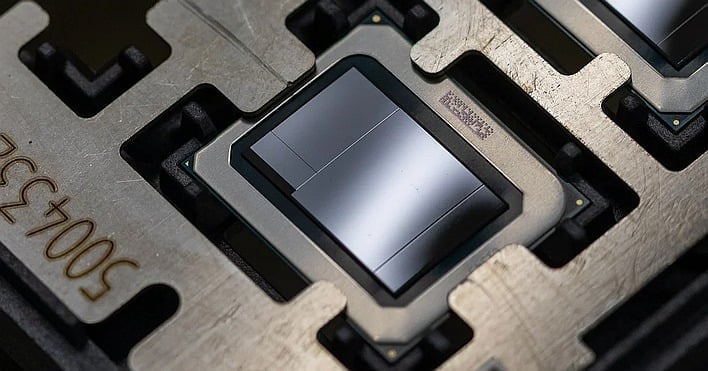Intel's Meteor Lake CPUs Clocked To Deliver A Big Boost To Integrated Graphics

While we knew Intel was brewing up something pretty big with the integrated graphics on Meteor Lake, we didn't know a key specification of the iGPU: the clock rate. We saw back in May confirmation of an earlier leak that promised 128 execution units in the integrated GPU, but Intel's earlier integrated parts still run relatively low clock rates compared to both discrete GPUs and also competitor AMD's integrated graphics.
Well, thanks to Chinese leaker Golden Pig Upgrade, we may have our first data point on that front. In the Google-translated Bilibili post above, the leaker—who is apparently an integrated graphics enthusiast going by his earlier leaks—explains through a spill of jargon that he's put hands on a Meteor Lake qualification sample with a 20-65W configurable TDP, a CPU clock rate of up to 4.8 GHz, and a GPU clock of up to 2.2 GHz.

Actually, though the clock rates aren't outstanding, if you consider the presence of the "Adamantine" L4 cache, Meteor Lake could be an incredible performer even with these numbers. There are plenty of examples to examine in recent memory: the Broadwell Core i5-5775C, AMD's 3D V-Cache, NVIDIA's new fondness for big caches in the Ada Lovelace GPUs, and even the red team's "Infinity Cache" all demonstrate how big caches can make up for limitations elsewhere in a design.
It's also interesting that the Meteor Lake qualification sample supports a configurable TDP as high as 65W. That's the same value that Intel uses in its mainstream (or "non-K") desktop processors, and lends some credence to the idea of the standard 6+8+2 Meteor Lake die showing up in a socketed desktop CPU. With that huge cache, the limitations of socketed DDR5 memory wouldn't be as severe, and the chips could retain most or all of their GPU grunt.
Top image: Meteor Lake test package, photo by Stephen Shankland for CNet


